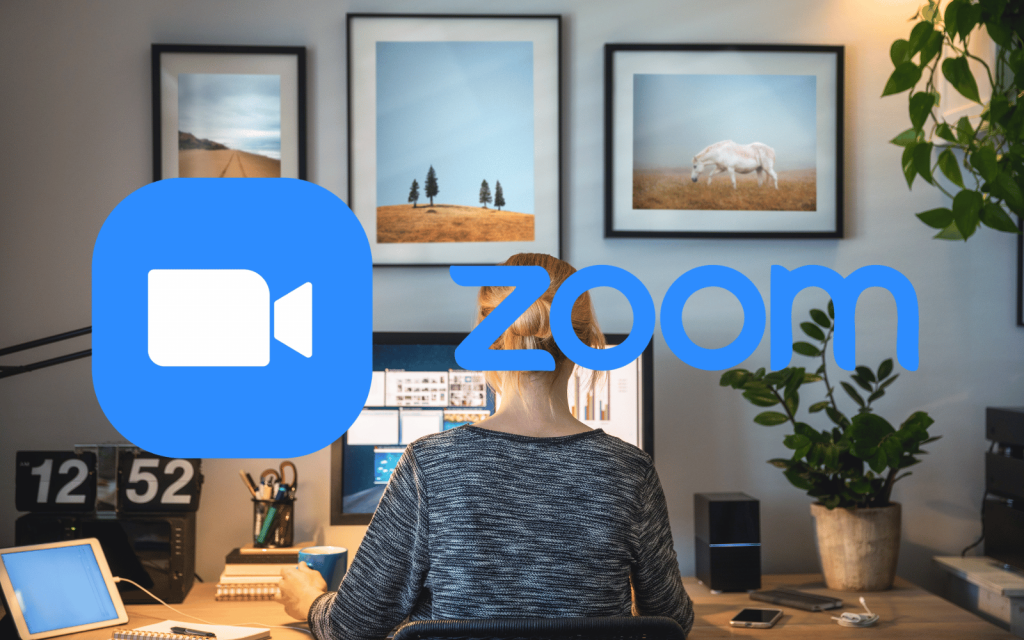The work from home phenomenon is officially over. Zoom, the video app we all used throughout Covid, has told its workers that they have to work from the office for at least two days a week. The rest of the world has been doing that for at least a year now. Long forgotten are our masks and social distancing, although the habits (and fears) of the pandemic linger on.
“We believe that a structured hybrid approach – meaning employees that live near an office need to be onsite two days a week to interact with their teams – is most effective for Zoom,” a Zoom spokesperson told Business Insider earlier this month. “As a company, we are in a better position to use our own technologies, continue to innovate, and support our global customers.”
The end of an era
But its own staff have to return to work – albeit only two days a week if they live within 80km of their office. It’s not surprising, really, as most businesses have insisted on workers coming into the office since last year. Some industries are just better when people are in an office together, especially creative companies that deal in advertising or marketing.
But Zoom became a verb in its own right – even if the software itself was buggy and had notoriously lax security in the beginning. South Africa’s own Parliament had some unwelcome guests in its various Zoom meetings, thankfully only pranksters and not hackers.
Zoom was the poster child of remote working. In 2020, as work from home (WFH) became an acronym, its shares increased six-fold. But within a year, as vaccines reached more and more countries and people, it lost $100-million in value.
Its software is much better now, and remains a flexible option for meetings – but it annoyingly prompts you to upgrade to the premium offering every time you open it. Zoom limits calls to 40 minutes, but only allows you to set up either 30 minutes or an hour.
You may say it’s petty to point this out when they provide a free offering – but that is precisely the point. There are thousands of companies that offer this so-called Freemium model, where most people use the free service and a small percentage pay for premium.
Read More: Do conferencing apps need generative AI? Zoom and OpenAI seem to think they do
But why does Zoom have to be so irritatingly pedantic about punting the upgrade to premium? Every single time you open it. I’m sure the marketers that came up with this irksome prompt thought it was a good idea – just in case someone spontaneously decided to upgrade. Many other apps offer an option to pay an annual fee, without the irritation.
Given how essential it is for any South African, I pay the $20 a year to Eskom se Push, which has shortened its name to ESP. I haven’t asked why, but the very smart founders told me that angry users often think the invaluable app is owned by Eskom and rant at them. Sigh.
When Zoom laid off 1,300 employees in February, chief executive Eric Yuan said: “We worked tirelessly … but we also made mistakes. We didn’t take as much time as we should have to thoroughly analyse our teams or assess if we were growing sustainably, toward the highest priorities”.
In a rare instance of this, Yun said he would cut his own salary by 98% and wouldn’t take a bonus.
By Zoom – the app synonymous with WFH – signalling its own staff should return to the office, it’s officially the end of an era.
- This article was first published on Daily Maverick
